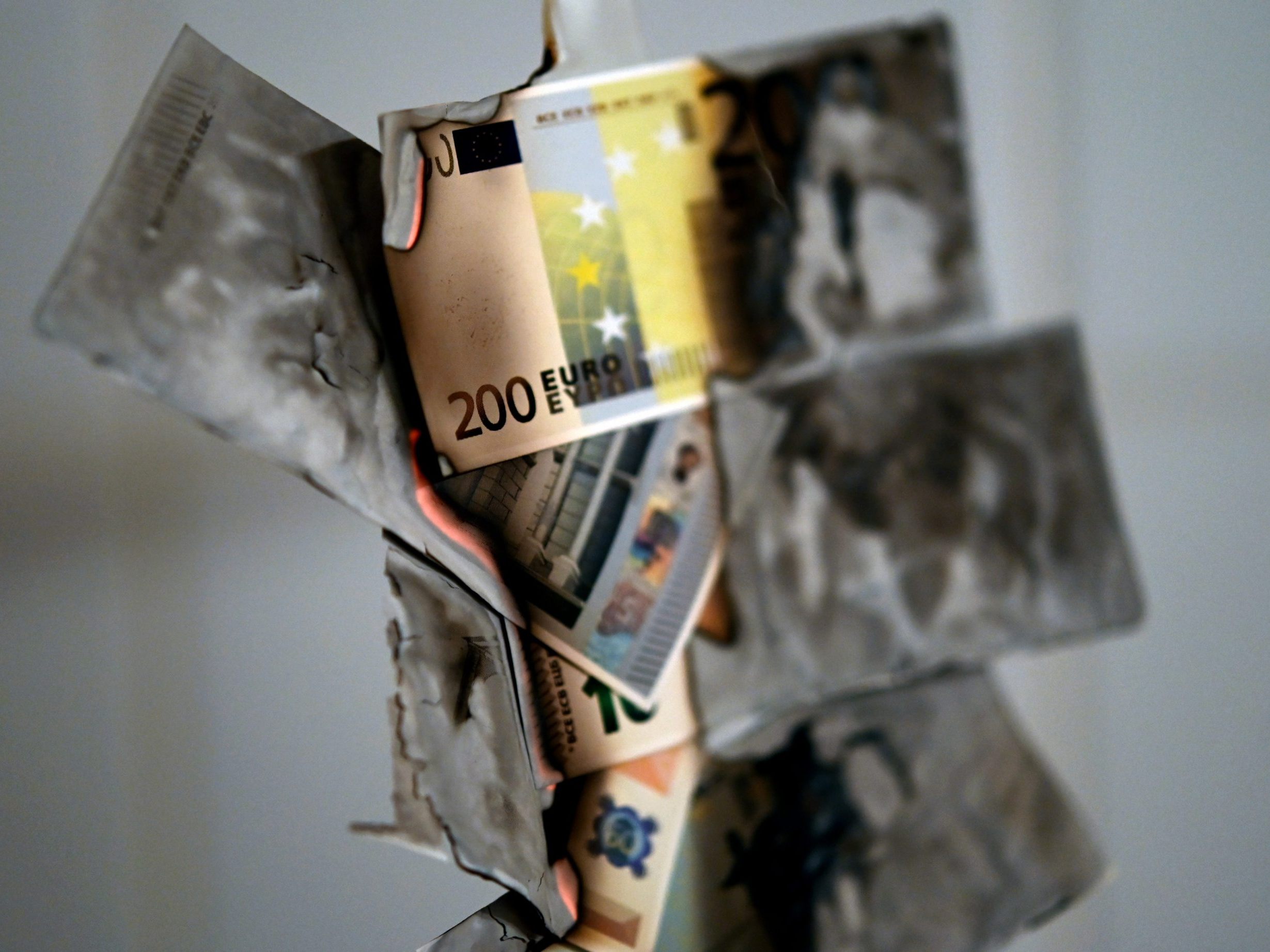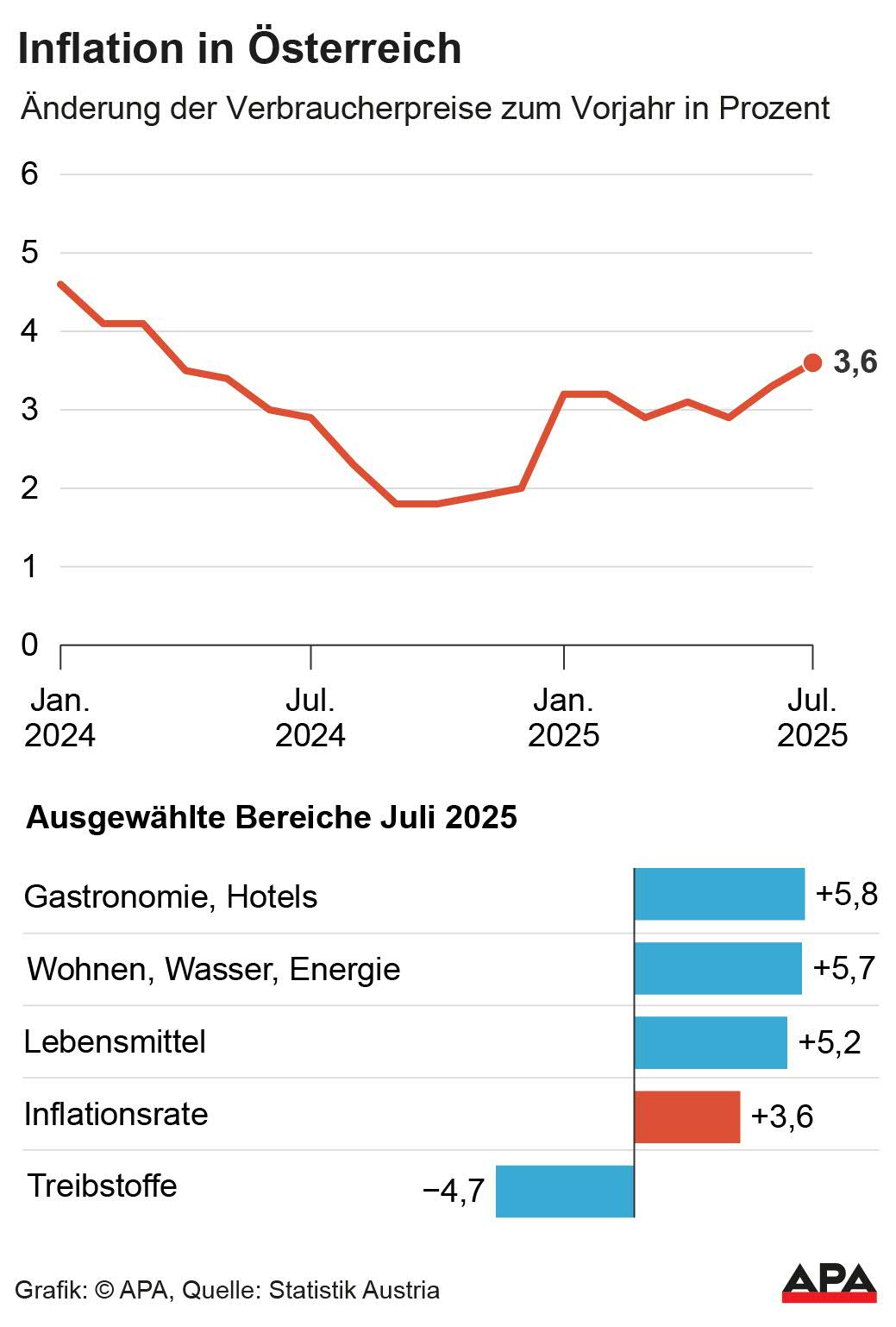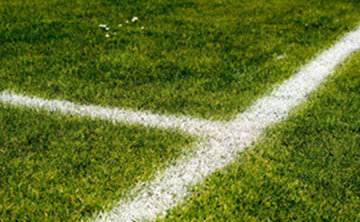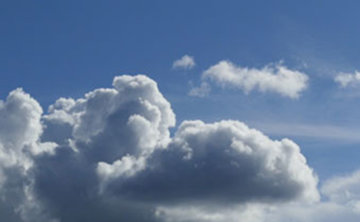Inflation in Austria in July at 3.6 Percent

Consumer prices rose by 3.6 percent year-on-year in July this year, more than initially estimated by Statistics Austria: originally, they expected 3.5 percent, the authority announced on Wednesday. The harmonized inflation rate was 3.7 percent. Statistics Austria recorded a price increase in food and administrative fees. The biggest price drivers continued to be gastronomy and energy.
Increase in Restaurants and Hotels
The costs for restaurants and hotels rose on average by 5.8 percent - slightly more than a month earlier (5.5 percent), with prices for catering and accommodation rising equally. While most consumers can save on gastronomy and hotels, they have little choice when it comes to housing, water, and energy. This price increase is mainly due to household energy. The prices for gas and heating oil fell less than recently, but the electricity price rose by 35.3 percent within 12 months. Rents increased by 4.2 percent, and for the maintenance of apartments, one had to budget 3 percent more than a year earlier.

But even in the category "Various goods and services," many consumers have little leeway. Here, prices rose by 4.7 percent. For insurance, one had to budget only 4.4 percent more, while administrative fees increased by a hefty 47.6 percent.
Consumers also clearly felt the 5.2 percent higher prices for food and non-alcoholic beverages, with the price increase mainly driven by higher beverage prices: these rose by 11.6 percent, with coffee standing out with a price increase of 22.9 percent.
Prices for Fuels and Air Tickets Dampening Inflation
Expenditures for transportation increased on average by 0.3 percent. Prices for fuels (-4.7 percent) and airline tickets (-1.7 percent) had a dampening effect on inflation. However, used cars cost 6.4 percent more, and new cars were 0.5 percent more expensive. The prices for repairs increased by 3.8 percent.
Clothing and shoes became cheaper by 0.2 percent. While clothing items were 0.9 percent cheaper, shoes cost on average 2.2 percent more.
Leisure and culture cost on average 3.9 percent more. Holidaymakers had to dig deeper into their pockets for package tours: prices rose by 7.1 percent. However, a month earlier, the inflation rate was still at 10.5 percent. Leisure and cultural services cost 4.7 percent more than in the same period last year.
Daily shopping was 5.1 percent more expensive for consumers in July compared to the previous year. For weekly shopping, however, they had to account for a price increase of 3.1 percent.
Harmonized Inflation Rate at the European Level
The harmonized inflation rate at the European level for Austria was 3.7 percent in July.
(APA/Red)
This article has been automatically translated, read the original article here.





